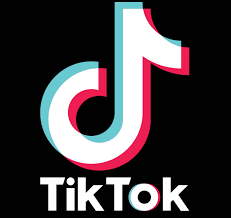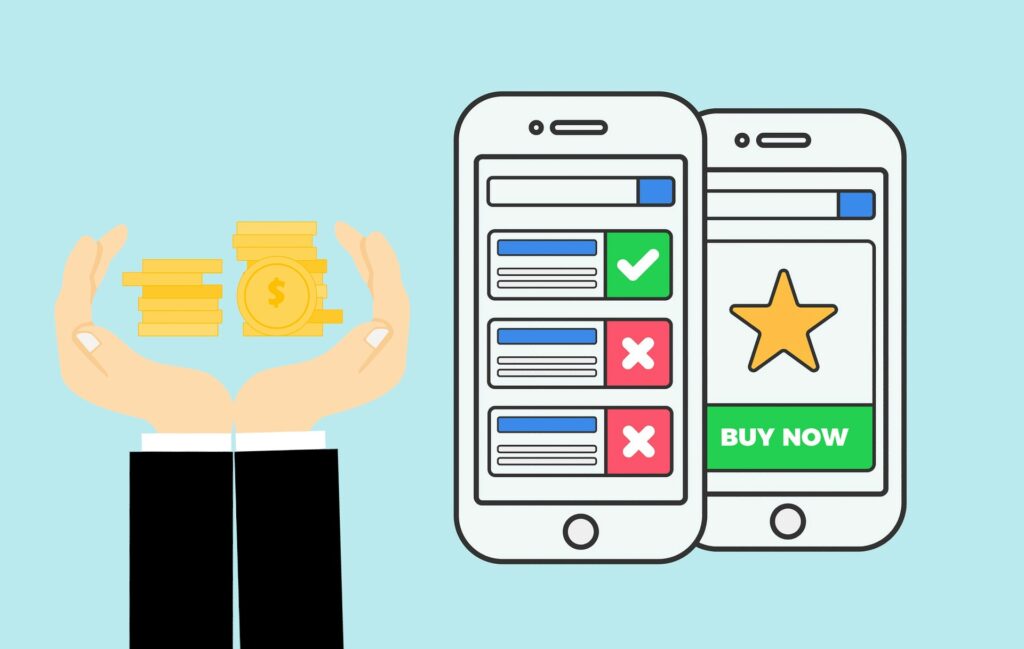1. TikTok

TikTok does away with many of the assumptions other social platforms have been built upon, and which they are in the process of discarding anyway. It questions the primacy of individual connections and friend networks. It unapologetically embraces central control rather than pretending it doesn’t have it.
How Can TikTok Fit Into Your Marketing Strategy?
Currently, one of the major features of TikTok is that there isn’t advertising or methods for monetization. It makes the user experience more relaxed and enjoyable. That’s not to say that the app won’t move in that direction at some point, because it can’t be free forever.
For businesses, this can be a good time to build a user base and enjoy organic advertising techniques to show off your products or services. Issue a #challenge to your followers showcasing your product. You may get some valuable ideas for marketing and content across other platforms.
TikTok has a younger clientele than other social media platforms. If you can create videos that appeal to the demographics on TikTok, it could be a valuable marketing tool for your business. TikTok is billed as a social media platform where you show your real side. Authenticity is a great marketing strategy.
With TikTok’s sophisticated editing tools, you can really shine. Contact Fang Marketing about using TikTok in your social media marketing campaigns.
2. Influencer Marketing

Although influencer marketing is not a new concept within the industry, it has become wildly popular in the past few years. As the world around us becomes more technologically advanced, influencer marketing has made its way to the forefront and companies are devoting more time and effort to the tactic than ever before.
As a digital agency that is constantly looking for ways to give our clients an advantage, we recommend and implement influencer marketing as part of a cohesive digital marketing plan to help get brands on the map.
3. Stories (Snapchat, Instagram, Facebook, & YouTube)

With an over-saturated ad inventory and a keen habit for putting ads anywhere users are known to hang out, you can bet that algorithms will change, platform layouts will change, and features will change. And it’s all to put Stories at the forefront. Because the more people view Stories, the more money the platforms can potentially bring in.
Think about how it happened in the exact same way with social video a few years back. Plus, there’s a reason every platform is going down the same exact path (we’re waiting on you, Twitter). Because no matter where they are offered, people really, really love to tell their own stories — almost as much as they love watching other people’s Stories. So if one platform doesn’t offer the medium, another will.
4. Chatbots

There can be no doubt that chatbots will continue getting more popular as the technology develops. The AI of today can learn and provide customers with an intelligent and responsive conversation. The risk of the imperfect service because of a moody employee will be substituted by the stable high-quality customer care.
This means that incorporating this tool into your social media marketing strategy has become a requirement today. You can do this easily using a variety of chatbot building platforms. Most of them don’t require the knowledge of coding so that any business can create a bot of their own. You can always hire a professional development agency for something more sophisticated.
5. Customer Experience

Social media has become more cluttered and competitive than ever before, but the good news is: it’s still all about people who want to connect and communicate and be heard! That means your company has an opportunity to use social media the right way – to improve your listening skills, engage with customers more responsively, and maximize the potential of automated tools like Messenger Bots to support your sales and service staff by taking the routine queries and mundane interactions with customers off of their plate.
6. Shopping on Social

Making the actual purchase easier for consumers is a win-win situation for product marketers. It simplifies the path to purchase, making sales faster and less cumbersome. As the product marketing landscape becomes more social, brands of all kinds can incorporate elements of the social shopping experience into their marketing strategies.
Consumer interest in shopping via social media platforms such as Instagram, Facebook and Pinterest have risen by 38% in 12 months, according to Bazaarvoice’s annual Shopper Experience Index.
The Index, which surveyed more than 2,000 consumers across the UK, US, Germany, and France, revealed that one-third of UK consumers view the ability to discover and purchase goods critical to their social media experience.
7. LinkedIn Organic Reach

LinkedIn is the secret to gaining lots of visibility on the internet today. As Gary V. said, LinkedIn is the easiest place to reach hundreds of organic reach because there aren’t enough content creators to fulfill the users. Chances are it’s going to get saturated fast…so get on LinkedIn sooner rather than later. It works the same way as other social media platforms like Facebook and Instagram.
Below we will show some key features that LinkedIn has:
Organic Search Reach
With a single post and little to no effort, you can reach a massive amount of eyeballs as long as your content is relevant to your industry.
Professional Connections
LinkedIn is a great social media platform for networking, you can connect with business prospects and friends.
Publish Articles
Whether you have a personal blog or not, LinkedIn is a great place to publish your blogs right on the social media network.
8. Augmented Reality (AR)

Today’s markets are driven more and more by the needs and desires of consumers. As technology advances, those desires change and it is crucial for a brand to keep pace with those changes.
Mobile has become one of the most significant media types through which consumers interact with brands and make purchase decisions. AR gives you another tool in your belt when it comes to driving sales and enhancing brand value through mobile devices.
9. Data Protection

Data privacy is a hot topic right now, and rightly so. The Facebook + Cambridge Analytica scandal brought the issue of data misuse to widespread public attention. And, the introduction of laws like GDPR and the California Consumer Privacy Act, rather than quelling fears, have only added to the growing perception that our data has not, up until now, been private.
Since the EU’s General Data Protection Regulation (GDPR) went into effect in 2018, the landscape of privacy in marketing has changed considerably, ushering in a major global shift in power to consumers. B2C marketing leaders face even more challenges in the coming year and will struggle to retain access to the consumer data they depend on for their marketing and advertising practices.
If you plan to use consumer data in 2020, you may need to adjust your privacy and data ethics strategies

